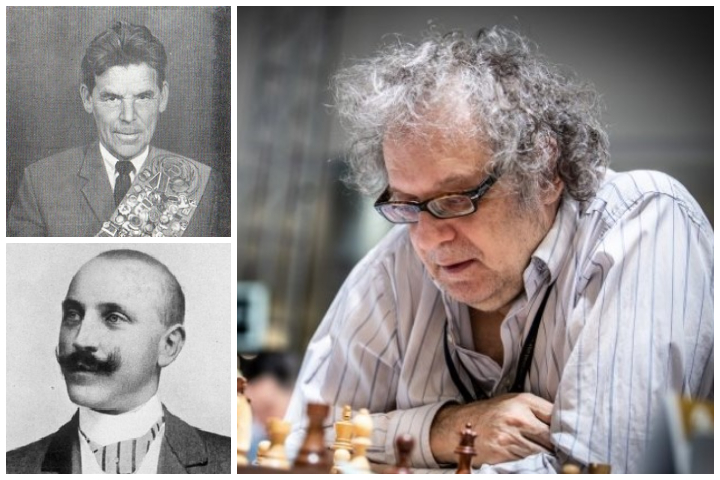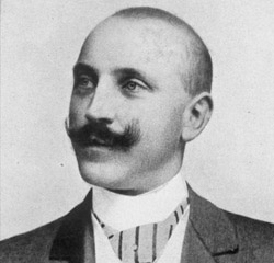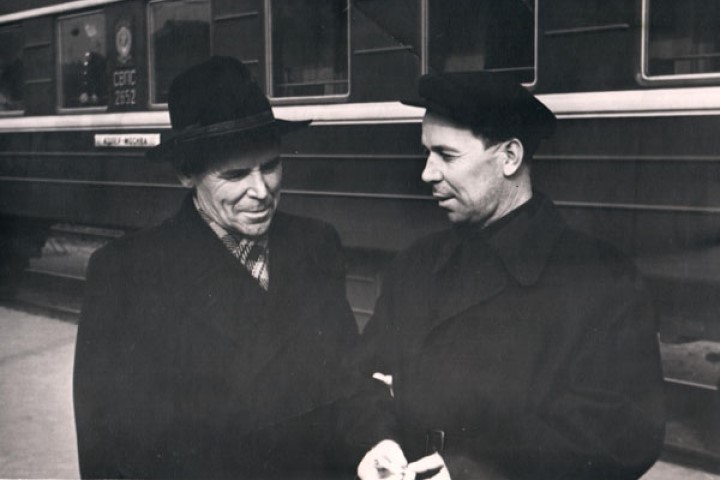


[Note that Jon Speelman also looks at the content of the article in video format, here embedded at the end of the article.]
I couldn’t easily decide on what to do for the last column of this very difficult year and eventually fell back on some cheerful ultra-violence. It’s the sort of chess which is wonderful to watch from a distance and would be delightful to dish out but deeply unpleasant to be on the end of. And who better to follow than the wonderful Rashid Nezhmetdinov with his two most famous games?
 I’ve recently played through a few studies by Henri Rinck [pictured] and have added these as well. The first I took longer to solve than I should, and indeed a very strong student I was working with beat me to the punch. The second was sufficiently “study-like” that I saw the key move pretty quickly (without really bothering to check the side variations).
I’ve recently played through a few studies by Henri Rinck [pictured] and have added these as well. The first I took longer to solve than I should, and indeed a very strong student I was working with beat me to the punch. The second was sufficiently “study-like” that I saw the key move pretty quickly (without really bothering to check the side variations).
The next column will be on January 3rd 2021, and I thought that we might look back at some of the best games and/or game extracts from 2020 which I’ll give my take on. Perhaps readers would like to suggest what they’d like to see in the comments section, or you can email me directly at jonathan@jspeelman.co.uk.
A Merry Christmas and Happy New Year to everybody. Let’s hope that 2021 is less dire than 2020.
Select an entry from the list to switch between games

Rashid Nezhmetdinov (left) with his brother, Kavi Nadzhmi | Source: kazan.aif.ru, retrieved from Douglas Griffin’s webpage